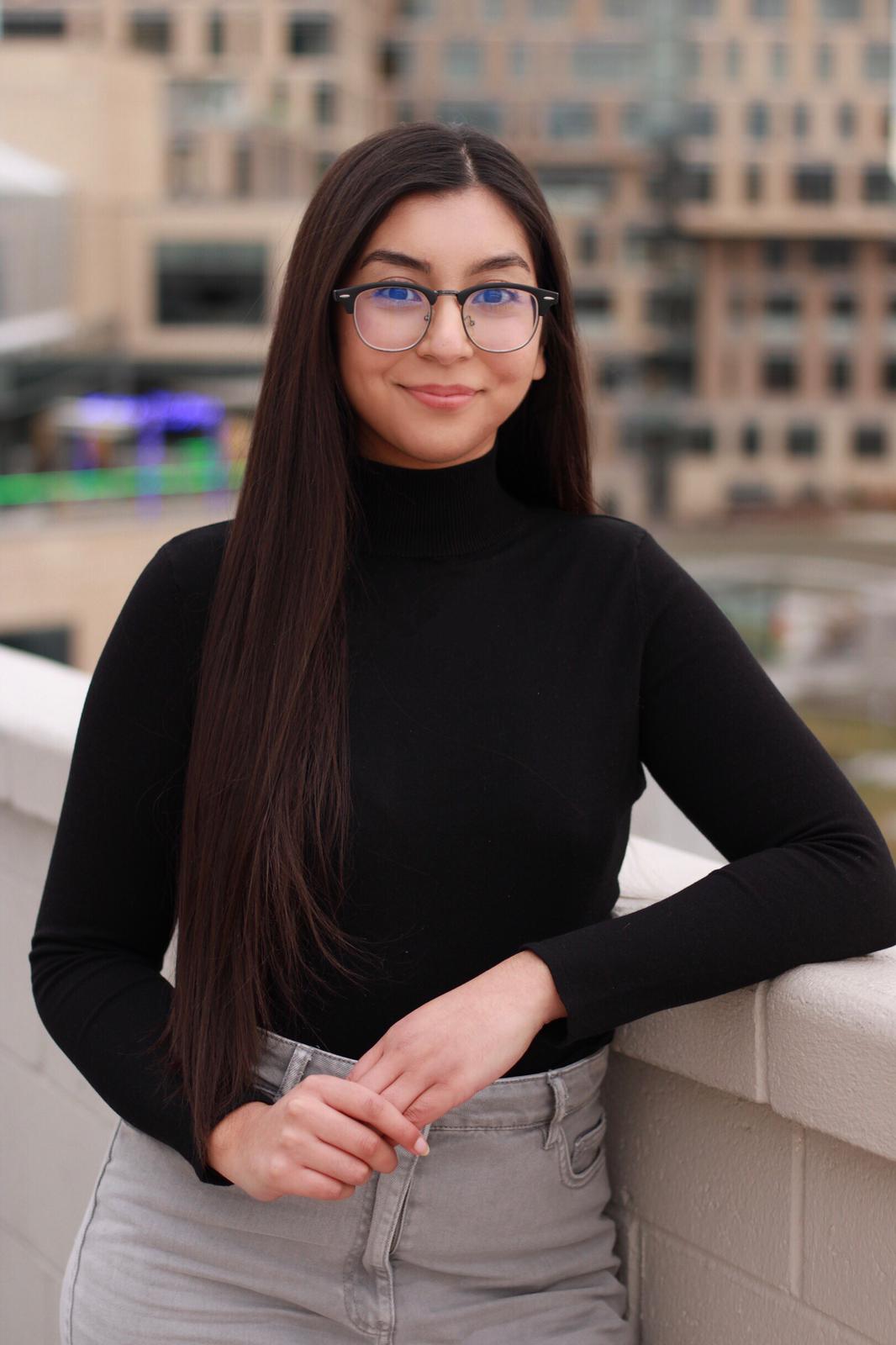Stories Behind the Science: Leaving the Fear Behind to Pursue Greatness
March 4, 2021

This story is one in a series of stories written by student Makenzie Kohler highlighting student scientists.
Berenice Sosa Aispuro, a sophomore at Idaho State University double majoring in nuclear and mechanical engineering, is not someone unfamiliar with challenges. At one and a half years old, Sosa Aispuro landed in Weiser, Idaho after her parents immigrated to the U.S. from Mexico. Growing up in Weiser, Sosa Aispuro experienced a variety of interactions both positive and negative.
The adversity she met led her to a high school club called Future Hispanic Leaders of America (FHLA). The club is designed to help hispanic students learn about the different opportunities available after high school. She became heavily involved, eventually becoming president of the club. Through FHLA, Sosa Aispruo attended an Idaho State University-hosted Healthcare and Technology conference. Originally, she wanted to attend the health care portion of the conference but due to limited seating, she had to attend the technology portion.
“They talked about the different types of engineering, what you can do with engineering, and I became fascinated. And I was like, this is way better than what I had ever wanted to do before,” said Sosa Aispuro.
After discovering a passion for engineering, Sosa Aispuro ran into some challenges as she tried to apply for college. As a DACA recipient, she did not qualify for federal student aid and most scholarships. And as a first-generation student, it was very difficult for her to wander into the unknown with limited access to resources. However, with help from her high school counselor and the support of her friends, she got the assistance she needed to get a college application into ISU.
During Sosa Aispuro’s second semester of college, the Covid-19 pandemic hit, and she was faced with additional challenges of balancing school work and homeschooling her two younger siblings. After not doing well in one of her engineering courses, she decided to retake the class over the summer where she met Dr. Mustafa Mashal. With no engineering experience, she applied for an undergraduate research assistant position in Dr. Mashal’s civil and environmental engineering lab and was accepted.
Sosa Aispuro now helps graduate students in the lab study the differences in durability between precast concrete and cast in place concrete. “For example...a concrete bridge. A lot of times we'll see a bridge construction, and see cast in place, which is [when] they'll put the concrete in as they're building. It's like a build as you go type of thing.” Cast in place concrete is the more traditional approach to building with concrete, whereas precast concrete is a newer, more sustainable. “You get [precast concrete] made beforehand ... at a manufacturing company and then they just ship it out to your location.. They're very customizable.”
To test the durability of the precast concrete, precast concrete is used to create a small-scale bridge. The bridge is then put on a shake table to simulate an earthquake. This type of testing allows researchers to test the durability of the precast concrete, which then gets compared to the durability of cast in place concrete. Looking into durability of precast concrete helps to discover the most economically efficient and safe way to produce structures. Sosa Aispuro’s research can be used in many ways, with this study looking into the sustainability of resources to limit environmental impact of construction.
Sosa Aispuro has defied the odds as an immigrant and a first generation college student, pushing past the expectations of those around her to follow her passion. She plans on getting her Ph.D. one day and continuing research in renewable energy. To those who have similar experiences as her, she had this to say, “There are going to be times a lot of times where your future is uncertain. But do not let that fear, that unsettlement of not knowing what's going to happen stop you from what you want to do.”
Leading by example, Sosa Aispuro urges other students who want degrees but don’t know where to start to not be afraid to ask for help. “It's definitely okay to ask for help, reach out to whoever you feel you need to reach out to, to help you get to where you are.” With the support of her friends and inspiration from her family, Sosa Aispuro is thriving as a scientist and has much more to come.
Categories:
